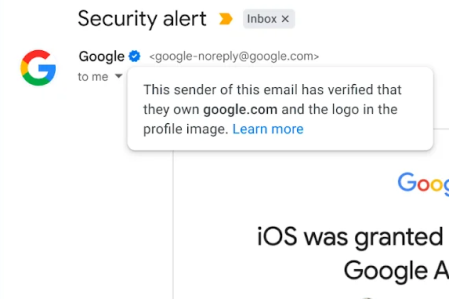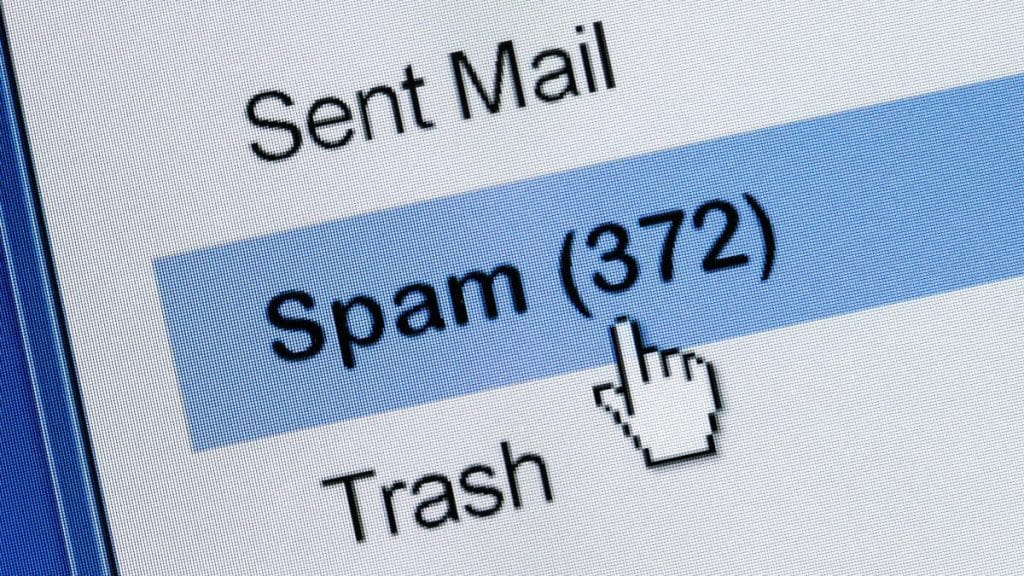Elon Musk’s decision to put the famous blue check of verified Twitter accounts up for sale has been one of the most controversial of his recent reign on the social network, but for years this previously free system and granted by the platform itself it was used to identify the veracity of the accounts: now Gmail wants to follow that example.
Google is launching a Gmail function that seeks to make it easier for users to identify the real emails of people who contact them and more effectively point out if they may be a scammer. Therefore, from now on when you receive an email from a company that has verified their identity, you will see a blue tick next to their name in your inbox.

This is how verified accounts will be displayed in Gmail
Specifically, when you hover your mouse over the blue tick in Gmail, a pop-up window will appear saying: “The sender of this email has verified that they are the owner of [el dominio desde el que se envió] and the profile image logo”, with a link included to redirect to the official page of said brand.
As Google has highlighted in its Gmail updates blog, “strong email authentication helps users and security systems to identify and stop spam, and also allows senders to take advantage of their brand trust”, in addition noting that “this increases trust in email sources and offers readers an immersive experience, creating a better email ecosystem for everyone.”
Google defends the blue check
“Authentication helps identify and stop spam”
Everything indicates that in the next few hours this function will begin to be available internationally and all users will be able to see first-hand the new security barrier that Google has added for Gmail, based on the technology of Brand Indicators for Message Identification ( BIMI).
Through BIMI, Google could recover the old reliability of the blue check that had previously been beyond doubt, but after the move by Elon Musk and Twitter it had been somewhat touched -since anyone could get it by paying a fee-. With this operation, Gmail adds an interesting extra security element that can come in very handy to know who sends us emails.


